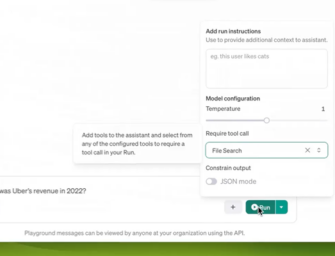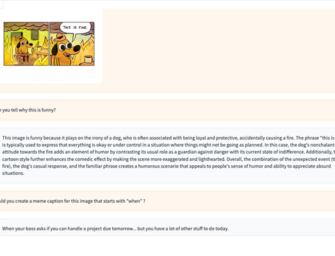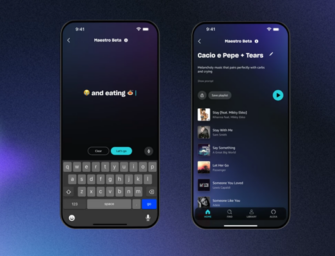Google Assistant Gets News Feature – It’s Like a Flash Briefing – Here’s How it Works
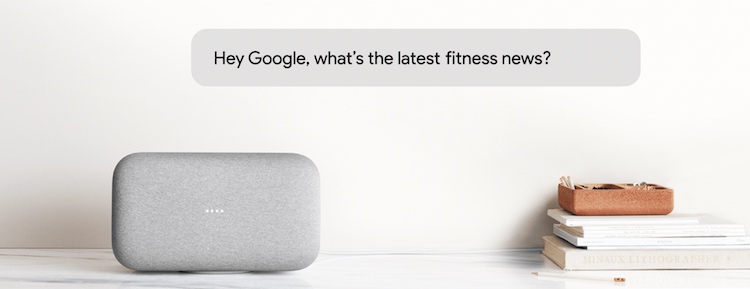
Google announced in a blog post yesterday that the Google News Service it announced at the I/O developer conference has come to Google Assistant. That means you can access Google News hands free through Google Home, smartphone or other devices that have Google Assistant access. There are 189 news sources sorted into 12 categories currently available to select. These include:
| Category | Examples |
|---|---|
| General | Reuters, CNN, NPR, Fox |
| Technology | CNET, WIRED, Mashable |
| Business | CNBC, Bloomberg, Yahoo |
| Sports | NBC Sports, ESPN, Olympic Channel |
| World | BBC Minute, Reuters, CBC, Economist |
| Entertainment | Anchor Entertainment, SYFY Wire, Pretty Dece |
| Politics | CNN, USA Today, Politico, Biden’s Briefing |
| Science | AccuWeather Daily, PBS Newshour Science, Spectrum Autism Research |
| Health | NPR Health, Men’s Health |
| Are & Lifestyle | TV Guide, Delish Daily, Bustle |
| National | Libsyn Classic Feed |
| Local | WBZ TV News Boston, News & Observer, Nashville Tennessean |
A Flash Briefing Feature for Google Assistant
You can select the sources you prefer and then set the order which they will play in your Google Assistant mobile app under settings > news > add news sources. When using a device like Google Home or the new Lenovo Smart Display you can say, “Hey Google, what’s the news?” It will then play the news content from your chosen media outlets in order. You can say, “Hey Google, skip,” to move onto another media source. You can also ask for a media outlet directly by saying, “Hey Google, play [show name].”
Pro tip: On, Google Assistant on a smartphone you must say “play.” If you say to the phone-based solution, “what’s the news,” it will deliver a search result on the screen. Saying, “Hey Google, play the news,” offers the same experience as on Google Home and the Lenovo Smart Display. You can also say “play the news” to those devices and initiate the sequence.
Google’s Version of Flash Briefings – sort of
This format of a sequence of media streams is very similar to Alexa’s popular flash briefing feature. A key difference here is that Google decided which media could be included in the feed which in some way makes it more like Apple News. Your choices come from a Google-curated list. It is not clear how an independent media producer can get listed as a choice today unlike with the more open approach taken by Alexa which allow submissions for the flash briefing format specifically.
Another difference that is a direct result of that openness is that Alexa users today have access to 5,667 flash briefing options compared to just 189 for Google. Granted, the 189 that Google offers may be among the most popular 200-300 media sources. I have asked Google to clarify whether they intend to open this up to more independent developers and media sources or offer guidance on how to get added and will update this article as new information is made available.
Get News by Topic – in different ways by surface
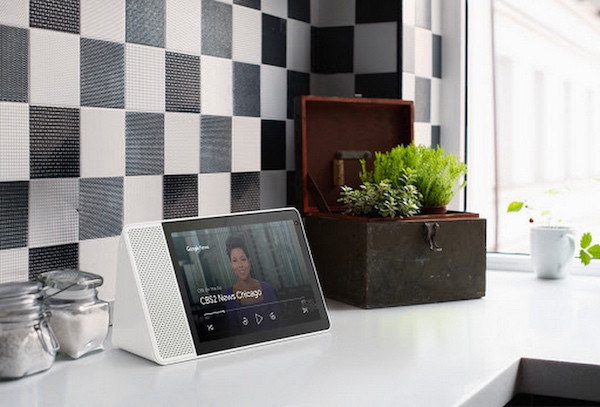
You can also now access news by topic. This does not appear to leverage the media briefings format, but rather defaults to answers sourced from Google’s knowledge graph. On the Lenovo Smart Display it defaults first to news media accounts on YouTube. When I asked about cycling it delivered a YouTube video story from the Mercury News East Bay Edition. A question about the Premier League resulted in a “classic replay” match of Machester City and Arsenal from NBC playing on YouTube. And, a question about volcano activity in Hawaii launched a YouTube segment by CBSN that started with a story about California fires and after 3 minutes and 40 seconds finally offered updates on a hurricane around the Hawaiian islands with a brief mention of the volcano eruption.
On Google Home, there is not YouTube so it goes first to the knowledge graph and again doesn’t access the media briefings. That may be because the briefings are longer formats and may not be tagged by topic, but it is worthwhile to know you are getting a different experience. There is a difference between the streamed, pre-packaged media and responding to user questions. When asked about news from cycling, Google Home responded with a story about Lance Armstrong crashing on a Colorado mountain biking trail, read summary details and offered to send the full article to my phone. The Premier League question responded with information about the upcoming season and some recent trade activity by Chelsea. It offered to read three articles on related topics and send them to my phone. A request for news on the Hawaii volcano activity led to information from National Geographic.
As I noted above, the response from the Google Assistant app on the phone was different. The cycling question offered news articles, the first was about Mark Cavendish and second about a new type of helmet. A Premier League question delivered top stories with the first being news about Liverpool.
Depending on the device you use to access news through Google Assistant, you are likely to get a different response. In theory this makes sense, given that there are different contexts by surface. The Smart Display has a screen waiting to be used and Google always wants to drive more traffic to YouTube. Google Home can only offer audio responses so will be limited by what it can source with audio or has suitable text to read. The smartphone interface assumes you will start reading or at least are in a position to do so. However, it is odd that none of the surfaces delivered a common top result. Most news is available in multiple formats.
News is a Popular Use Case
A survey of U.S. adults smart speaker owners by Voicebot found that listening to the news was the seventh most common use case and asking questions, which might include queries about news items, was in the top three.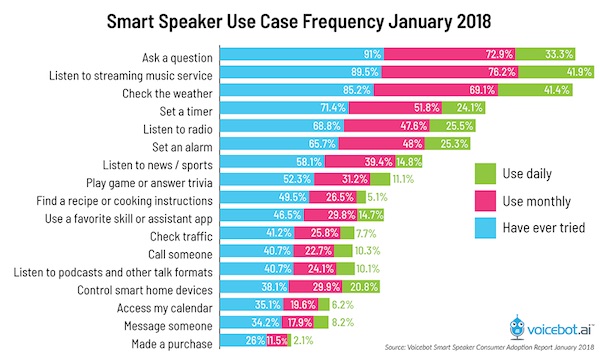 News and information access requests play to Google’s strengths and the Google News features should help users make listening through their smart speaker or smartphone a more common occurrence. The flash briefing style feature will be welcome by many users, particularly if Google expands who can offer a media feed. As to the asking about news by topic, that algorithm definitely needs some training.
News and information access requests play to Google’s strengths and the Google News features should help users make listening through their smart speaker or smartphone a more common occurrence. The flash briefing style feature will be welcome by many users, particularly if Google expands who can offer a media feed. As to the asking about news by topic, that algorithm definitely needs some training.
Follow @bretkinsellaFollow @voicebotai
Google Launches First Smart Display for Google Assistant by Lenovo
Google Assistant Most Capable Finds Loup Ventures, Cortana the Least






